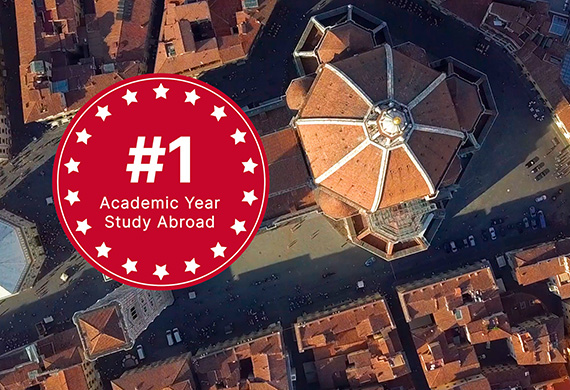New Issue of Hudson River Valley Review Spans Regional History From the American Revolution through WWI
Published by Marist’s Hudson River Valley Institute, this peer-reviewed journal examines regional history.

Published by the Hudson River Valley Institute at Marist College, the peer-reviewed journal is the premier scholarly publication examining regional history. Highlights of this edition include:
– In the article “Fluid Loyalism at the Forge: The Sterling Ironworks and The American Revolution,” Charles Dewey challenges long-held beliefs about what it meant to be a “patriot” or “loyalist” in the contested territories of the lower Hudson Valley.
– The Blooming Grove church stands today much as it did when rebuilt in 1823 on a 1759 foundation in that same contested region. In “The Veterans’ Church: A History of Community in the Blooming Grove Church,” Michael Matsler uses this structure to illustrate the surrounding settlement’s transition from the Colonial to the Revolutionary and into the modern era.
– In “Thomas Pym Cope and Charles Brockden Brown: Diarists on the Hudson,” James Ryan explores the implications of musings jotted down by two friends journeying up the Hudson River together in 1801, as the Age of Reason gave way to Romanticism here and around the world.
– Marist student Alex Prizgintas celebrates Orange County’s place in the development of a national railroad system and the birth of America’s dairy industry in “When Steel Rails, Glass Bottles, and Fresh Cream Ruled the Country: Orange County’s Role in the Birth of Transporting and Marketing Milk.”
– Finally, in "FDR's First Political Mentor," Laurence Hauptman introduces readers to publisher, orator, and one-term Congressman Richard E. Connell. Born in Poughkeepsie to immigrant parents—truly a self-made man—Connell helped to shape the political future of a young and inexperienced Franklin Delano Roosevelt.
As always, the issue is rounded out with book reviews and a listing of New and Noteworthy titles about the region. A preview of the issue, the Regional History Forum, Book Reviews, and New and Noteworthy Books are online at: https://www.hudsonrivervalley.org/back-issues.
The Hudson River Valley Review is available at select booksellers and museum gift-shops throughout the region for $15.00 each. Subscriptions are available through the website at: https://www.hudsonrivervalley.org/subscriptions, or by calling 845-575-3052. A one-year subscription (two issues) is $20.00, save even more by subscribing for two years at $35.00.
The Hudson River Valley Institute at Marist College is the center for the study and promotion of the Hudson River Valley, providing information about the region’s history, culture, economy, and environment, and educational resources to teachers, students, and others through www.hudsonrivervalley.org, public programming, and The Hudson River Valley Review. This biannual journal covers all aspects of regional history. All articles in The Hudson River Valley Review undergo peer review.
About the Hudson River Valley Institute (HRVI)
The Hudson River Valley Institute is a Center of Excellence at Marist College that studies and promotes the history of the Hudson River Valley. The Institute provides information about the region’s culture, economy, environment, and educational resources through www.hudsonrivervalley.org, public programming, and The Hudson River Valley Review, a biannual peer-reviewed journal covers all aspects of regional history. HRVI is supported by a major grant from the National Endowment for the Humanities.



